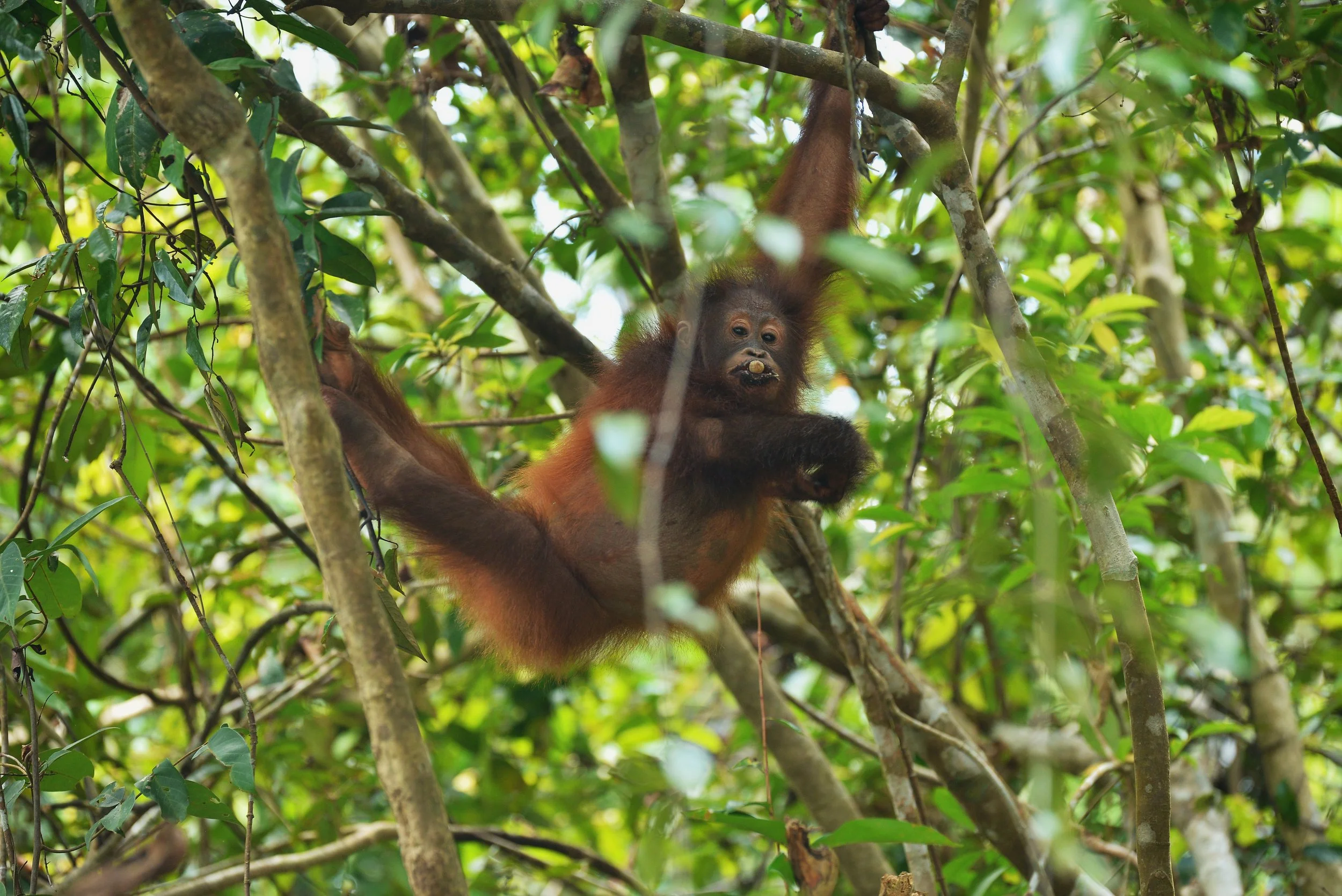Gunawan in the soft-release programme is growing in confidence… on his first attempt at climbing, he is here to show that a life in the trees is instinctive for the forest ape.
Orangutan Stories: Epeng - new home, new hope
Orangutan Stories: welcome to Amel – but what happens to the mothers of orphaned orangutans?
Orangutan Stories: Sony lends a helping hand to his sibling!
Orangutan Stories: finding a mate as a semi-solitary species
Orangutan Stories: Death and Birth - The Circle of Life in the Wild
2024 highlights: A look back on our conservation achievements together for orangutans, forests, and people
Orangutan Stories: The return of Andy!
Orangutan Stories: Unusual Interactions
Orangutan Stories: Exploring Food in the Forest
Orangutan Stories: Queen
In January of this year, our vets were called to Camp Buluh in the Lamandau Wildlife Reserve to treat Queen after she had suffered a crocodile attack. She and her son Quentin were noticeably missing around camp after the new year but were eventually sighted and the team discovered that Queen had a large wound on her lower back.
Orangutan Stories: Labetty & Leon
Orangutans have been recorded eating over 400 different types of food, which means for mothers, the job of introducing their offspring to all the different food groups is a rather large task. Until they start to forage entirely for themselves, infant orangutans depend on their mother’s milk to sustain them.





